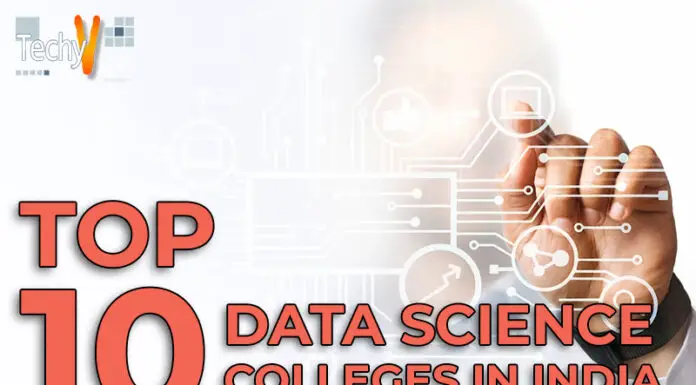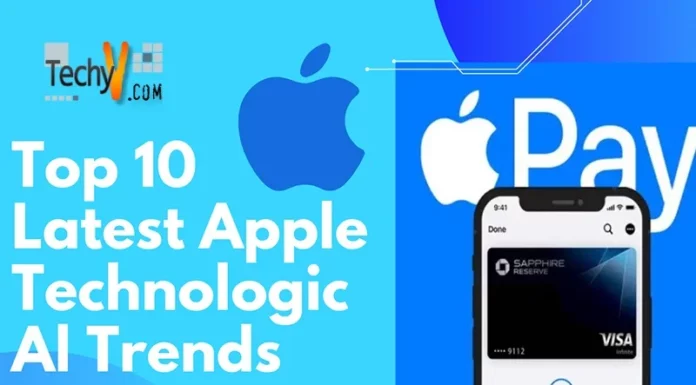The business world is changing. This change accelerates daily. Technology is changing how firms operate and driving these significant changes. Meta’s recent announcement has fueled investment in VR, AR, blockchain, cryptocurrency, and AI. Blockchain technology will alter significantly by 2023.
AI and AI-based solutions will dominate 2022-2023 technology trends. Automation and safety should be considered while designing future organization activities. In this post, we’ll cover the Top 10 technological trends for 2023, many of which are already having a significant impact on organizations.
1. Creation Of “Metaverse”
First, the “metaverse.” will be the convergence of the physical and digital worlds). The Metaverse is like the Internet in 1995 and will have a similar impact on society. This will revolutionize how we work, live, and socialize, and late adapters will fail. The game sector transcends movies, and music will drive the Metaverse. Metaverse isn’t only entertainment. Immersive Internet is dangerous. Like the harmful influence of cybercrime on Web 2.0, crooks will enthusiastically participate in the Metaverse and realize it’s the Wild West. Generation Z and Alpha can avoid these attacks; other users may lose their money or identity. Decentralized network technology is nearing mainstream usage. AR and VR gear will get better, lighter, and cheaper. However, the latter may not apply to Apple’s rumored 2023 headset. Next year, we’ll see more decentralized apps with an improved user interface, marking the start of the Metaverse.
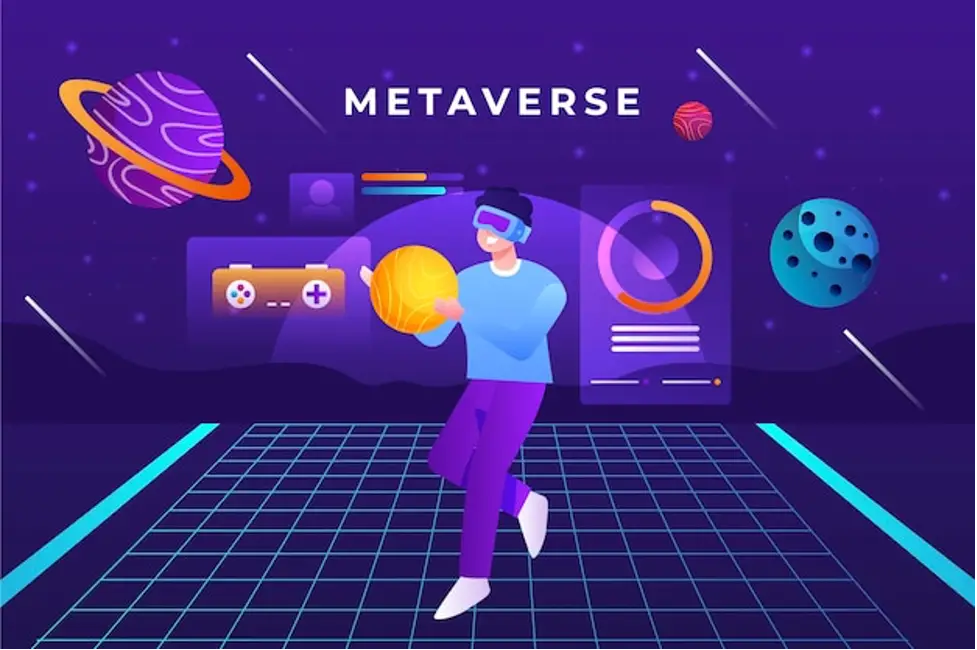
2. Robotics Adoption
SMBs can’t afford giant, complicated robots since they don’t fit their restricted floor space, require specialist employees to program and operate them, and have a long payback period. New collaborative robots (or “cobots”) are helping smaller manufacturers compete more successfully, creating new options for employees and enhancing worker safety. Robotics applications are reducing long-standing constraints on what individuals can do. Bold investments in manufacturing and innovation automation drive industrial and business installations growth. Service providers are leaders in robotic work automation, allowing employees to focus on customer service. Hospitality companies are using robots to deliver items to hotel guests and their homes. As robotic technology evolves, robots of any size, form, or function are produced to make a living more accessible and more convenient. Today, robots of all varieties are meant to compensate for human limitations, reduce burden, and free up managers and staff for critical business duties. Growing in scale and functionality, a global robotics mass market will influence billions of people.
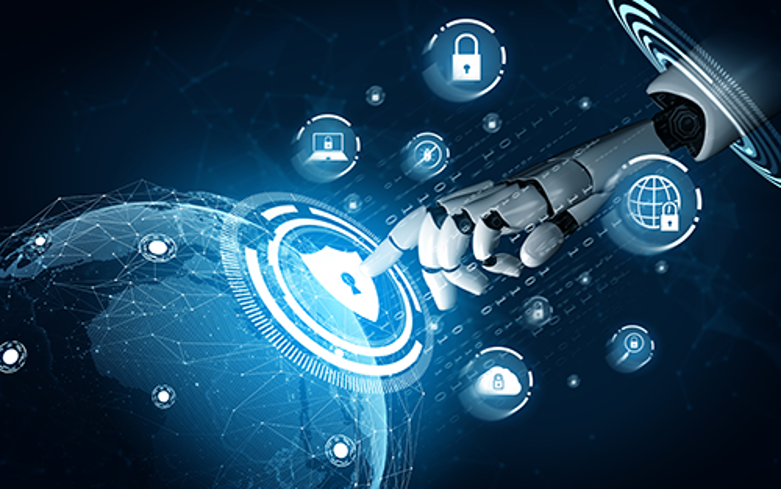
3. AI Everywhere
Beyond 2023, AI will be ubiquitous. The last decade saw a growth in business data and computer power, which pushed AI developments. The global initiative sparked the development of cognitive systems that can foresee, suggest, think, and learn like humans. According to technology executives, AI has been a potent technology disruptor in recent years and for the long term. AI is in intelligent gadgets, software, and circuits. It’s also a catalyst for changing business strategies and procedures. As the definition of the intelligence evolves, so will our understanding of AI. As AI improves and widens its applications, associated computer technologies like chatbots achieve human-like behavior and activities, such as responding to customer requirements more quickly and efficiently and even anticipating what they’ll desire. Public institutions, private corporations, and regular individuals use AI. For example, AI collects data, recognizes face or speech, and helps with shopping, exercising, and medical operations. Ubiquitous AI affects trends beyond 2023.
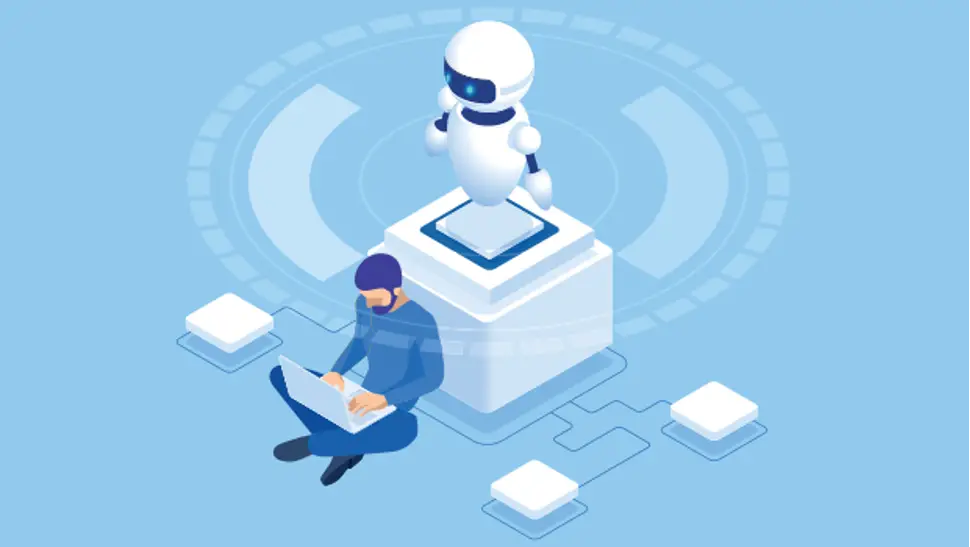
4. IoT -Internet Of Things
IoT is a network of electronic gadgets that exchange information and data online. Each year, a person uses more IoT devices. Each person will use 20 IoT devices by 2030. Customers will enjoy better products and services thanks to IoT’s intelligent, predictive problem solutions and recommendations. Self-driving cars, smart devices (sensors, speakers, thermostats), and robust security systems are now a reality. IoT implies risks of data leaks, break-ins, and identity thefts, mostly from applications and devices. Users must usually secure their own safety. Companies that address these issues may earn market share. It’s for gadgets and tech makers.

5. Chatbot Trends
Years ago, chatbots transformed business-customer interactions. More firms are implementing chatbots for customer service in 2020 and the following years to enhance consumer engagement. They’re available 24/7 and can communicate with website visitors without waiting. Any live chat software with a chatbot will help you engage new and existing consumers. For example, your website can answer product questions, pricing, technical recommendations, and troubleshooting. Chatbots revolutionized customer service with a rich client experience and no waiting for a rep’s delayed action. 75-90% of health care and banking inquiries will be handled by chatbots by 2023, saving $0.70 for every interaction.
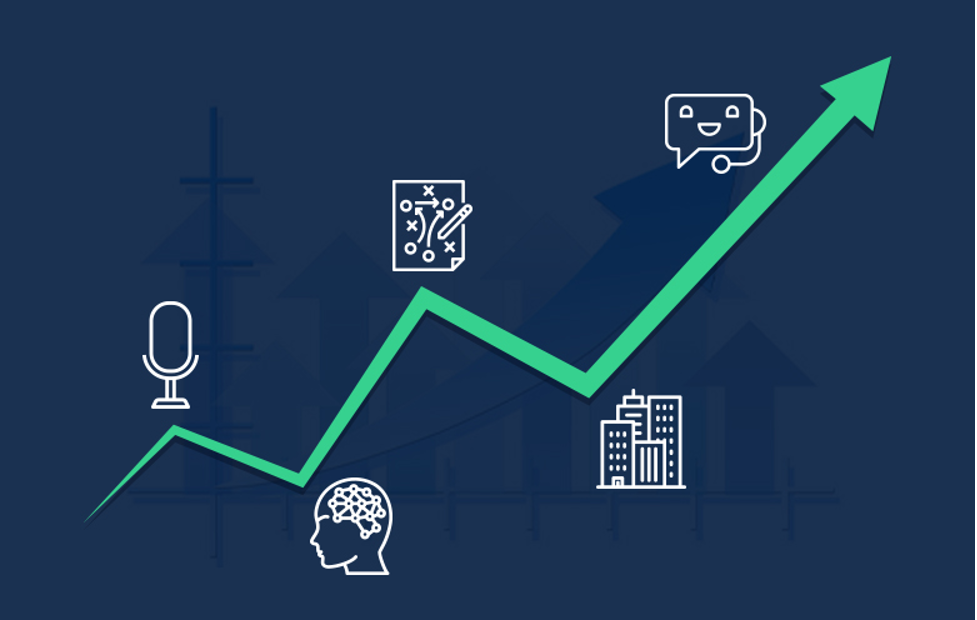
6. Cloud Computing Alternatives: Edge And Fog
Cloud alternatives are emerging and streamline data processing. They are:
- Edge computing processes data near the request.
- Extensive data management in fog computing
Immersive and pervasive metaverse features will require cloud computing capabilities to handle, store, and analyze platform data. Metaverse platforms fail if they can’t provide a smooth user experience or scalability. For example, Nvidia released Omniverse Cloud in March 2022, a package of cloud services for 3D design collaboration and simulation.

7. Digitization Accelerated
Before the epidemic, digitalization advanced steadily. The global shutdown affected work and learning. It will reach $6.8 billion by 2023. IDC says 70% of companies will use IT solutions faster. Accelerated digital transformation drove investment in online projects from non-IT fields. Long-term consumers’ expectations have evolved along with their requirements; the pandemic sped up Digital Transformation, and it’s not over yet.

8. Blockchain Innovations
Blockchain, a distributed ledger, allows organizations to trace transactions and commerce with unverified parties without banks. This new capability reduces business conflicts and adds append-only data structure, transparency, security, immutability, and decentralization, including IoT. Blockchains began in financial transactions but are now used in the supply chain, manufacturing, healthcare, and public service. This technology could improve cash flow, shorten settlement times, and cut costs, including bitcoins.

9. Gaming Using Augmented – Reality
Virtual gaming uses 3D, AR, VR, and acoustic technology. As the Metaverse has grown, so has the value and importance of these technologies. According to IDC’s Quarterly AR/VR Headset Tracker, the AR and VR headsets market grew 60.8% in 2021, with APAC shipping 2.19 million units. The Sandbox, a Hong Kong-based futuristic gaming platform, has created a decentralized virtual environment where players can customize avatars, invent, govern the land, conduct events, and exchange ideas. Users can buy and trade non-fungible tokens within the Metaverse using the in-game Ethereum utility token SAND (NFTs). The shared space helps new gamers monetize virtual experiences.
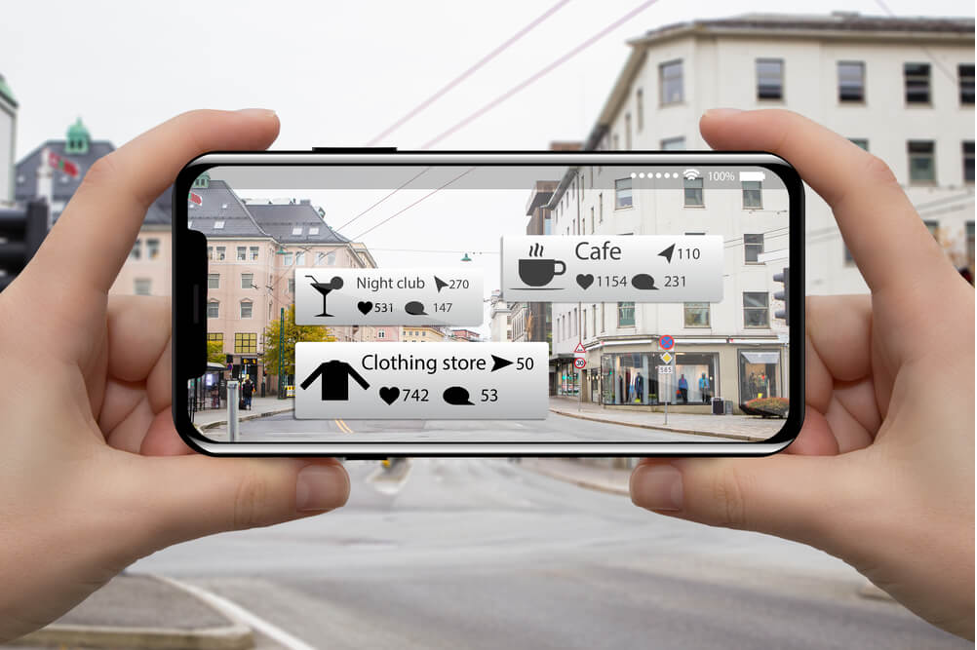
10. Data Science
The Metaverse will collect a lot of data, mine it, and respond quickly. The Metaverse is based on distributed technology like blockchain, so data gathered in one section is reflected in another. Next-generation data engineering is an important trend in Metaverse education. The data science strategy should be straightforward, current, and practical to prepare for the Metaverse.




